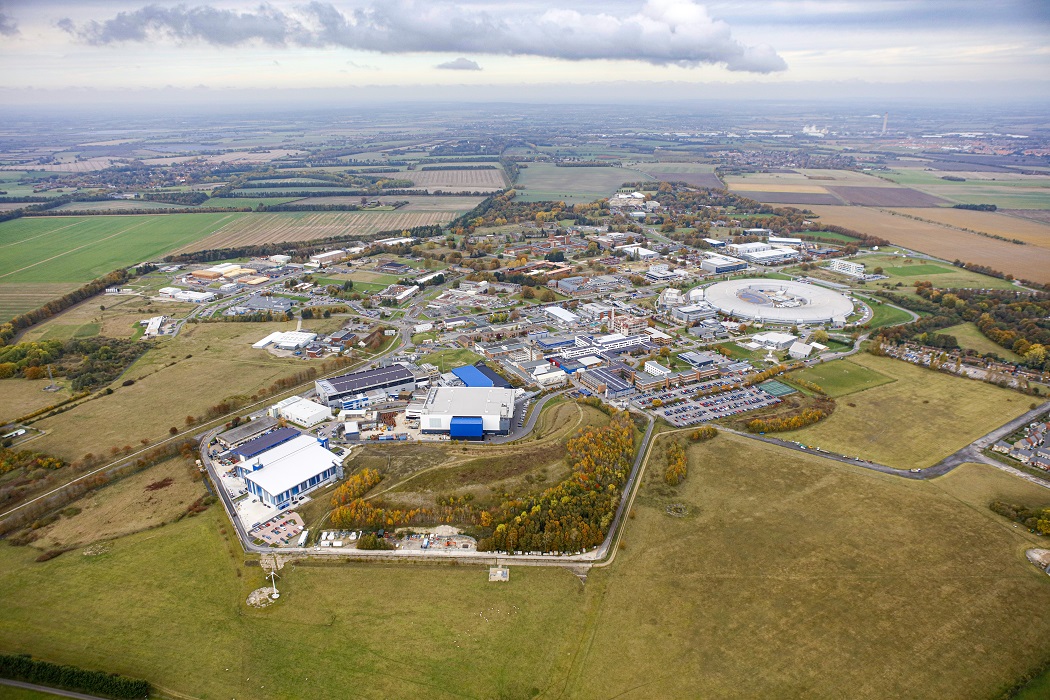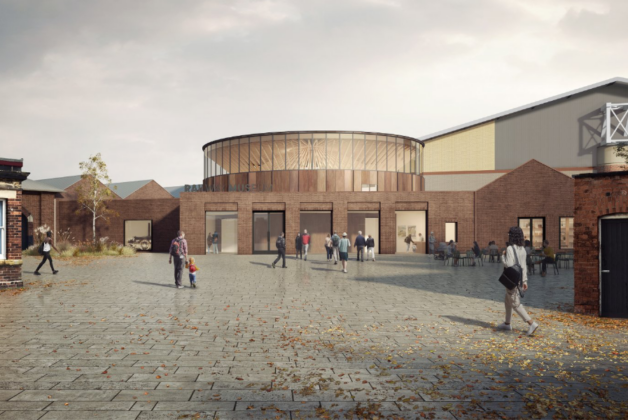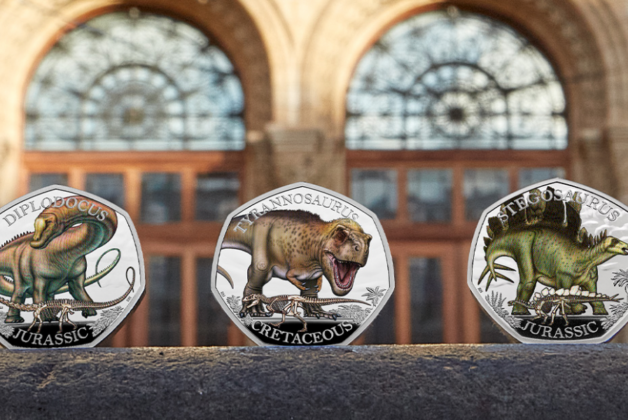Article: David Styles | Image: © Trustees of the Natural History Museum
The inaugural Budget delivered by chancellor of the exchequer Rishi Sunak has pledged £180 million for the Natural History Museum to create its new science and digitisation centre.
The substantial funding will be released over the course of six years and will be crucial to ensure the Museum’s collection of around 80 million specimens is safeguarded for future generations.
Research the centre will facilitate could, it is hoped, be pivotal in tackling global challenges including climate change, resource scarcity, biodiversity loss and emerging diseases.

“Future-proofing our collection has never been more urgent,” says Natural History Museum director Sir Michael Dixon. “Its vast scale explains our past, helps us chart a path for the future and the data that can be generated from it will inform future environmental policies and plans.
“The Government’s investment will enable us to not only make our collections more accessible to a global audience but to help other museums across the UK do the same.”

The centre will house around 40% of the Natural History Museum collections as well as laboratories, digitisation suites, technology-enabled collaborative research spaces, computing, conservation laboratories and workspaces for digital scholarship.
Open to scientists and researchers from around the world, the facility will serve the academic community alongside the Museum’s existing locations within London and Tring.
‘Sub-standard conditions’
Tim Littlewood, Executive Director of Science, Natural History MuseumDigitising the Museum’s collection is giving the global scientific community access to unrivaled historical, geographic and taxonomic specimen data gathered in the last 250 years.
Find out what the new science and digitsation will mean to all aspects of the Natural History Museum’s operations, including an exclusive Q&A with Tim Littlewood, here:
Locating its new site in the heart of the Harwell Campus will position the Museum’s team within a scientific community of over 6,000 people, co-located with £2 billion of open access national laboratories.


The £180 million investment forms part of the Government’s pledge to spend 2.4% of GDP on research and development, additional to keeping pace with the UKRI Infrastructure Road Map.
Oliver Dowden, the recently installed culture secretary, notes that the Natural History Museum is “leading the way on vital scientific research and its important contributions shape our understanding of the world around us”. He adds that the Museum’s new science and digitisation centre will “open up the Museum’s unique collections and expertise to academics and researchers to help increase knowledge and innovation”.






